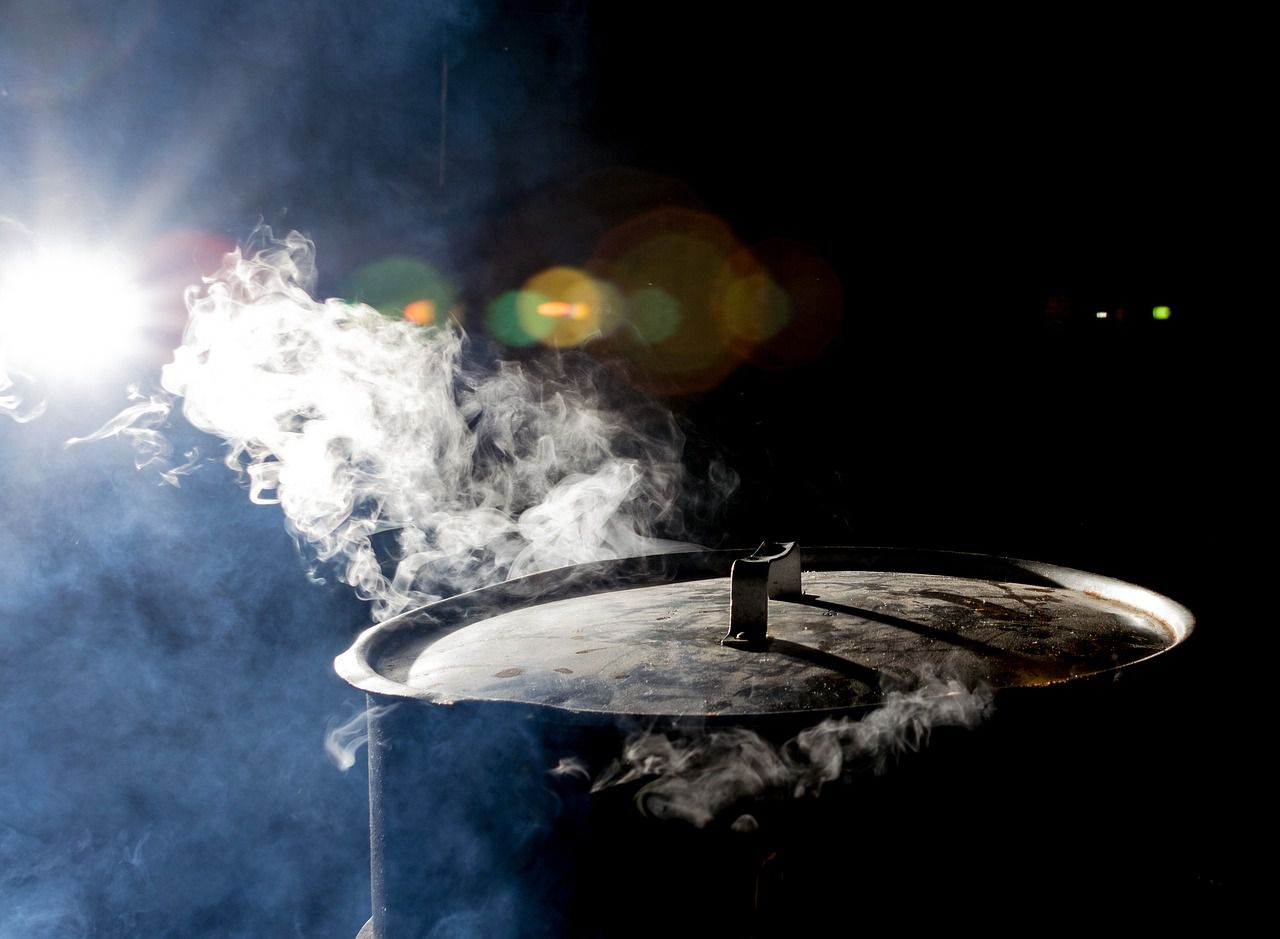Cooking grains in a pot: Cover on not to cover?
Whether you should cover a pot while boiling grains depends on the type of grains you're cooking and your desired results.
Here's a general guideline for you, so you can choose the most suitable way of cooking for you.
Let's start with the benefits of covering the pot.
Faster Cooking
Covering the pot while boiling grains can help retain heat and moisture, which can lead to faster cooking.
This is especially useful for larger or denser grains like rice, whole grains, and legumes.

Consistent Texture
Covering the pot can help ensure that the grains cook evenly and have a consistent texture throughout.
It prevents excessive evaporation, which can cause the grains at the top to become dry while those at the bottom remain undercooked.
Efficient Water Usage
Covering the pot helps prevent excessive water evaporation, which means you'll use less water overall for cooking.
Now, let's talk about not covering the pot.
Preventing Overflow
Some grains, especially those that tend to foam or expand significantly while cooking, can cause the pot to boil over if covered.
Leaving the pot uncovered allows steam to escape, reducing the risk of overflow.
Desired Texture
If you prefer your grains to be less mushy or sticky, leaving the pot uncovered can help achieve a drier texture.
This is often the case with pasta and some types of rice.
Observation
Cooking without a lid allows you to closely monitor the grains as they cook.
This is particularly useful if you're experimenting with a new type of grain or recipe.
Thicker Sauces
If you're cooking grains in a sauce that you want to thicken, leaving the pot uncovered can help evaporate excess liquid and concentrate flavors.
